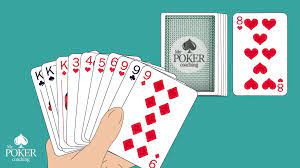Sports betting has been around for years and for most it’s a hobby. Some of us love the thrill of predicting the outcome of our favorite football games and for many it’s a means of earning some extra money.
In the United States, the Professional and Amateur Sports Protection Act of 1992 makes it illegal to operate a betting, gambling or wagering scheme in most of the States that still allow sports betting.
The good news is that even though you can’t bet on professional football games in many States, you can still bet on many college and professional sports.
The main thing to know is that a good football betting system can help you make profits for sports fans who want to make extra money. Unfortunately, many of these systems conclude that you can make money with a particular football team, or betting on a particular outcome of a particular game.
That’s a pretty big leap of logic, when you think about it. You can’t bet on the team that you think is going to win, thus you can’t predicted the outcome of the game. Therefore, how can you make money betting on the outcome of games?
There are many professional football betting systems available on the internet and many of them will rely on a technique more akin to handicapping and spread betting rather than the conventional betting techniques.
Handicapping means identifying the advantages or disadvantages of a team before they even take the field. Spread betting is when bettors bet on the outcome of a contest, regardless of the final score.
The bookmaker, or the person setting the bets, will ultimately win or lose the game. Because the bookmaker always wins or loses the game, many bettors feel that it’s easier to win money betting on the bookmaker’s team than it is betting on the other team.
These are two different ways of betting and they have different success rates. Egp88 betting is more difficult to win, but when you do win, the payout can be greater.
If you are betting on a team, but aren’t sure who to bet on, you can bet on a point spread. This means that the team needs to win by a certain amount of points in order to catch your bet.
Doing this allows you to bet on both the favorable and underdog team and you are paid more for it, depending on the point spread.
In addition, if you bet at a higher price, you can win more money. For example, if the underdog is favored by a certain number of points and you bet on them, you bet a point spread that will pay out according to the payout table for the bet. This means that if your team wins by less than the point spread, you will make more money.
These systems are very important when you bet on football games. They allow you to make more money than other betting strategies, but they have to be followed with a fine expectation. If you expect to lose, you generally won’t.
A good system is not expected to always win, but instead it should always produce a profit over the course of a season.

